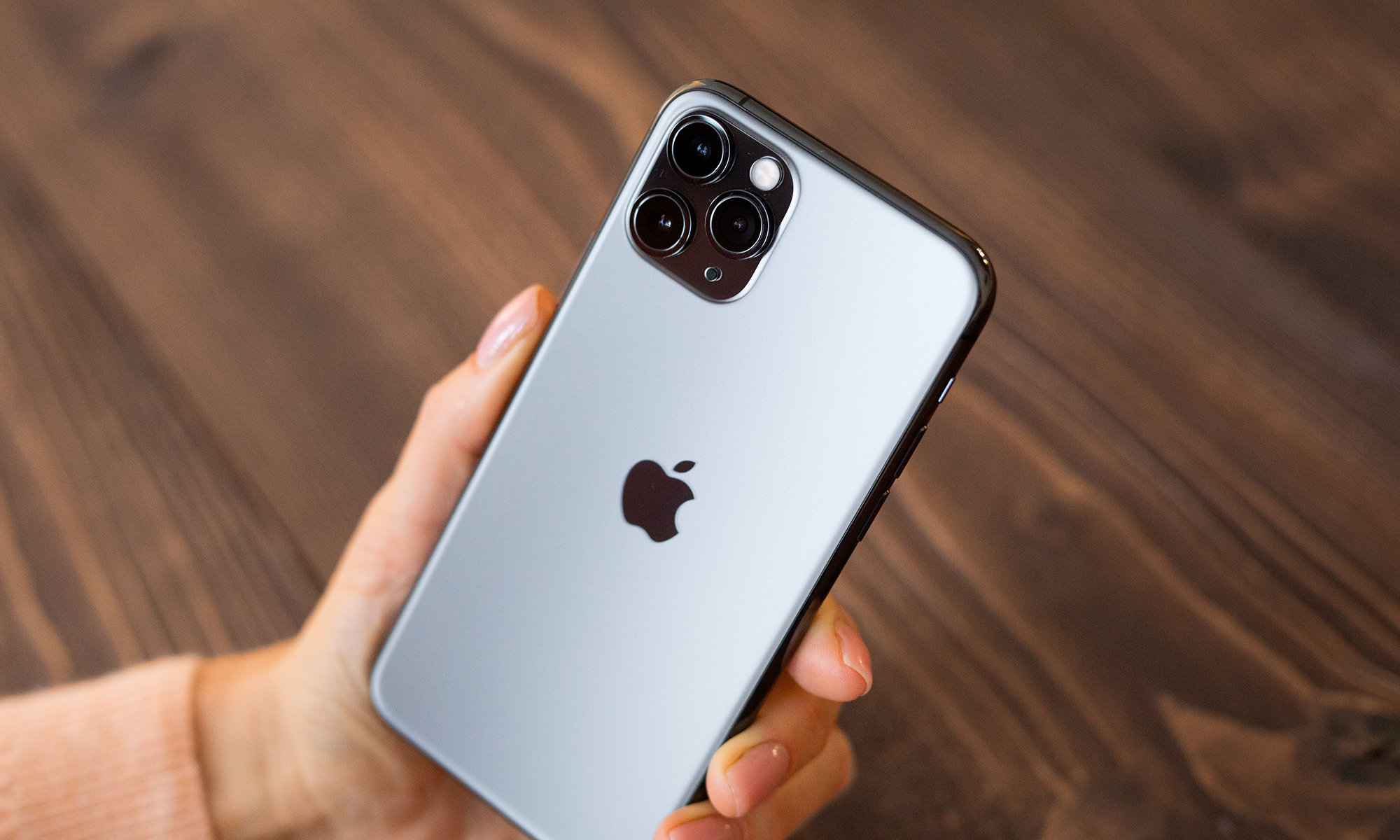Apple (AAPL 0.28%) and Alphabet (GOOG 0.39%) (GOOGL +0.08%) -- the holding company formerly known as Google -- are, in all likelihood, the two most powerful technology companies in the world today. To avoid burying the lede, both companies have outstanding economics and deserve a place as core technology holdings in many investors' portfolios.
However, that isn't to say one company doesn't present a more compelling option for investors right now. As such, this article will analyze Alphabet and Apple stocks through three important dimensions to see which company is more deserving of investors' attention in the here and now.
Financial fortitude
Both Apple and Alphabet are two absurdly profitable companies. With cash positions dwarfing the annual economic output of some pretty large countries, these two companies are financial fortresses in every sense of the word. Here's a quick breakdown of a few of the most commonly used solvency and liquidity metrics for both companies.
| Company | Cash & Investments | Debt | Cash From Operations | Current Ratio |
| Apple | $246.1 billion | $87.5 billion | $65.4 billion | 1.2 |
| Alphabet | $86.3 billion | $3.9 billion | $36.0 billion | 6.3 |
Data sources: Apple investor relations, Alphabet investor relations, Yahoo! Finance. Cash from operations reflects most recent 12 months.
Most importantly, Alphabet and Apple carry effectively no financial risk. Their respective net-cash positions of $82.4 billion and $158.6 billion alone are larger than most successful companies' total market capitalizations, and this totally overlooks the tens of billions in operating cash flow Apple and Alphabet generate annually.
Sure, Alphabet's current ratio trounces that of Apple. However, taken in the context of Apple's broader business. Neither company is at any risk of falling short of its financial commitments. And given that Apple edges Alphabet out in terms of net cash and cash-flow generation, the Mac maker deserves a win in the first category of this analysis.
Winner: Apple

Image source: Apple.
Durable competitive advantage
As alluded to in the introduction, both Apple and Alphabet enjoy considerable durable competitive advantages.
For Apple, the company's unique ability to combine beautifully designed hardware with its internal software and app ecosystems allows the consumer electronics giant to command prices far higher than those of its peers. Last year, Apple recorded a $645 average selling price (ASP) for the iPhone, compared to $217 for the average Android handset. This device premium has allowed Apple to consistently capture the overwhelming majority of smartphone industry profits in recent years; one sell-side analyst estimated that Apple earned 92% of all smartphone market profits in Q4 2016. This pricing power is the heart and soul of Apple's competitive advantages, and it seems likely to endure into the company's coming device cycle as Apple launches a totally redesigned iPhone 8 this fall.
Alphabet dominates its core internet search business in much the same way that Apple controls the smartphone market. The search giant typically controls two-thirds of the global search market, a feat made all the more impressive by the fact that the Google search engine is blocked and effectively inaccessible in China. According to recent data, Google receives over 30 billion search queries each month across its various platforms. This breadth of exposure and the intent-based nature of Google's searches enabled the Internet giant to command 31% of global online advertising spending last year, and evidence suggests Facebook and Alphabet will continue to capture greater percentages of online ad-spend in the future.
This platform gives Alphabet a massive profit stream that the tech giant has aggressively funneled back into a series of futuristic business ideas it collects in its Other Bets reporting segment. Though they garner significant media attention, Google's only real profit center -- and the source of its massive competitive advantages -- is its search business.
Winner: Tie

Image source: Google.
Valuation
Turning to the third area of this investigation, here's a quick overview of three of the most commonly used valuation metrics as a starting point to frame our discussion.
| Company | P/E | Forward P/E | EV/EBITDA |
| Apple | 16.8 | 13.7 | 11.0 |
| Alphabet | 30.0 | 21.3 | 16.6 |
Data source: Yahoo! Finance.
Obviously, Apple is cheaper on an absolute basis. However, the key to finding attractive stocks to buy lies in finding relative mispricings between a company's current valuation and its expected future performance.
We can do this through a number of ways. One popular metric that tries to capture this is the PEG ratio, which compares companies' growth estimates against their valuations, Alphabet trades at a PEG ratio of 1.3, while Apple is, in theory, slightly more expensive with a PEG ratio of 1.7; a PEG ratio of 1 is, in theory, correctly valued.
However, with the average analyst estimating it will grow sales 6% this year, I see Apple's elevated PEG ratio more as a reflection that Wall Street is underestimating Apple's growth potential in the year ahead. Furthermore, Apple's dividend yield and the likelihood that it will increase its capital return program in the coming quarterly report further enhances the company's return profile. This one is tough, but I see Apple as more attractively valued than Alphabet based on my thesis that the market is underestimating the iPhone 8's potential impact.
Winner: Apple (by a nose)
And the winner is...Apple
Hopefully, you sensed that both companies are indeed worthy investments. However, Apple holds a slight edge in today's analysis because of its cheaper relative valuation and its more easily identifiable near-term growth catalyst in the form of the iPhone 8. Still, you can't go wrong holding either tech giant as a part of the core technology stocks in your portfolio for the long term.








